(07) 5479 6652

Dual Battery Systems - Everything You Need To Know
Unfortunately, it isn’t as easy as installing a second battery (which does solve part of the problem with more capacity). If you simply install a second battery without a battery management system attached to it, you could still find yourself stuck in the morning, with two drained batteries. There is where Dual Battery Systems come into play. A Dual Battery System will isolate the second (auxiliary) battery from the starter battery. This will ensure your starter battery always has enough power to start the car in the morning.
You might only need something as simple as the Smart Solenoid or smart battery isolator. These allow you to charge your second battery while you drive, while also protecting your starter battery from excessive discharge. If you’ve got fairly high power consumption, then you might want to look at another product called a DC to DC charger.
Charging Options for Dual Battery Systems
Dual battery systems used to be simple – you installed a 2nd battery, ran your accessories off it and wired in a switch to manually isolate it when the vehicle was off. Nowadays, things are little more complicated. There are a number of different ways to run your system.
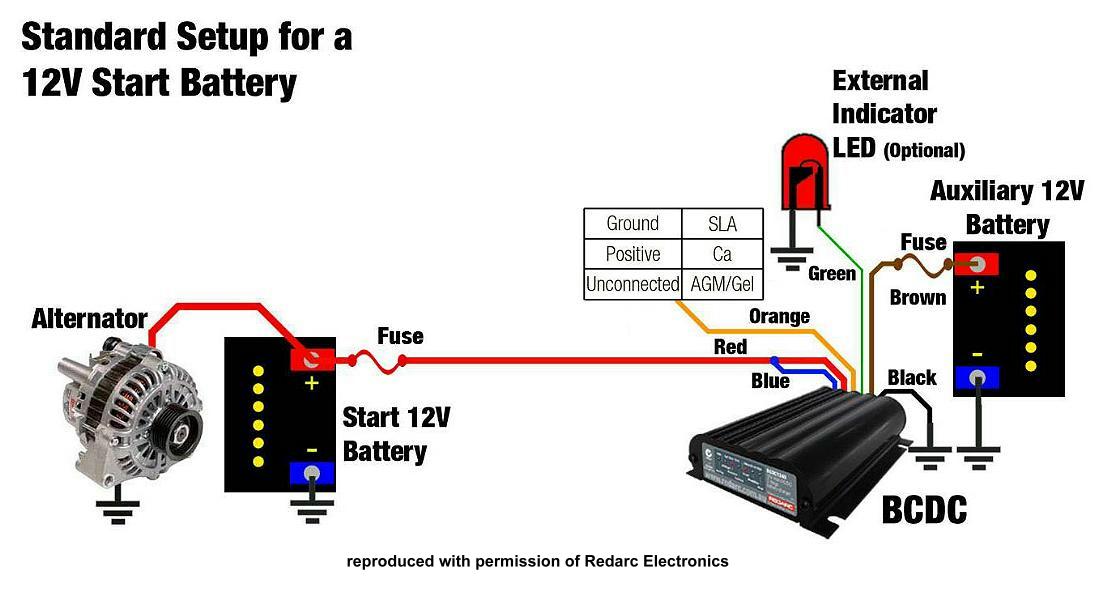
Basic Isolators
A basic isolator is similar to little manual switch which physically connects the two batteries together. But rather than be a switch you operate yourself, it’s controlled by the ignition. They’re super cheap and will effectively isolate your starter battery, meaning you can run your auxiliary battery flat. However, the let down with these is the now flat battery will connect as soon as you attempt to start your vehicle potentially leaving you without enough power to crank over.
Smart Isolators
It’s worth investing a little more and getting a smart isolator. They’re the same mechanical switch as the basic isolator but instead of turning on and off with the ignition they’re made to cut in and out at certain voltages. We usually recommend this as an entry level option for Dual Battery Systems. This means they’re able to keep the auxiliary battery disconnected until the starter battery is fully charged ensuring you’ll always have enough juice to get your vehicle going. Some Isolators even have the option of jumpstarting (link to jumpstart video when up) the starter battery off of the auxiliary battery. What a smart little isolator!
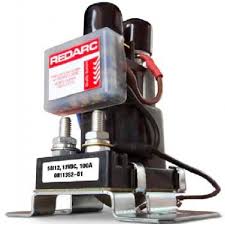
DC to DC Chargers
Some manufacturers are now designing their vehicles with smart alternators. To meet strict fuel consumption and emission targets these alternators put out just enough power to charge the main battery and turn off completely when it’s fully charged. This makes it almost impossible to charge an auxiliary battery by traditional methods. Cue, DC to DC chargers.
DC to DC chargers are effectively like a battery charger you’d have at home but they plug into the vehicles wiring. The ECU sees it as just another accessory like a pair of lights and will run the alternator accordingly. It basically makes two completely separate electrical systems so there is zero chance of running the main battery flat by keeping the fridge on all night. Some high-end units can also regulate solar panel input, act as a mains charger and even provide detailed info to the driver about battery conditions and charging rates.
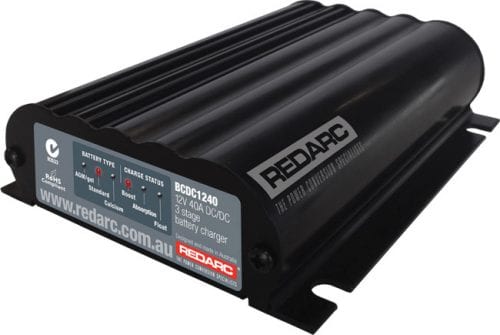
Battery Types
Just like charging methods, 12V batteries have also changed greatly over the years. There are options to suit all types of budgets and requirements, giving more flexibility when designing a dual battery system.
From increased energy capacity to weight savings to batteries safe enough to install inside passenger compartments there’s a whole lot more to battery technology than you may initially think.
The two major and clear distinctions are starting batteries and deep cycle. A starting battery is designed to give a quick burst of energy making it easier to start an engine. A deep cycle battery delivers less instant energy but has greater long-term energy and is designed for constant draining to near flat and re-charging, something a starting battery won’t cope with.
Other important differences come down to construction types.
Flooded Lead Acid Battery
Flooded Lead Acid Batteries are the oldest style of commonly used batteries. Also, the cheapest. If you were to crack open one you would find a series of lead plates filled with liquid acid. For safety, these must be mounted upright and away from passenger compartments. As they are not sealed, they can potentially also give off dangerous fumes. With that said, they can handle big short hits of power usage such as an engine starting. Making them the ideal starting battery.
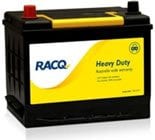
AGM (Absorbent Glass Mat)
The construction of AGM batteries makes them essentially leak-proof. This means they are safe to mount on any angle, in any configuration and inside passenger compartments if required. The lead plates found in conventional lead-acid batteries have been replaced with fibreglass mats sandwiched together in a sealed housing. They have a slow discharge rate so are safe to sit for a few weeks at a time without being charged. But they can not deal with intense loads such as starting, therefore, they make an ideal auxiliary battery.
Gel Cell
Gel cell batteries are the next step up from AGM batteries. The liquid acid is replaced with gel acid making them spill proof and maintenance free. Like the AGM battery, Gel Cell batteries can’t handle the intense load seen in starting.
Lithium
Lithium batteries are the small powerful batteries found in compact devices like phones and laptops. This technology is slowly starting to filter into vehicles and it’s predicted that they will eventually dominate the industry. Popular for their light weight and power they have replaced heavy lead, fibreglass matting and gels with a lightweight chemical. They’re the ultimate in weight saving battery technology at the moment.
For more info on Lithium take a look at the options available from our friends over at Enerdrive.
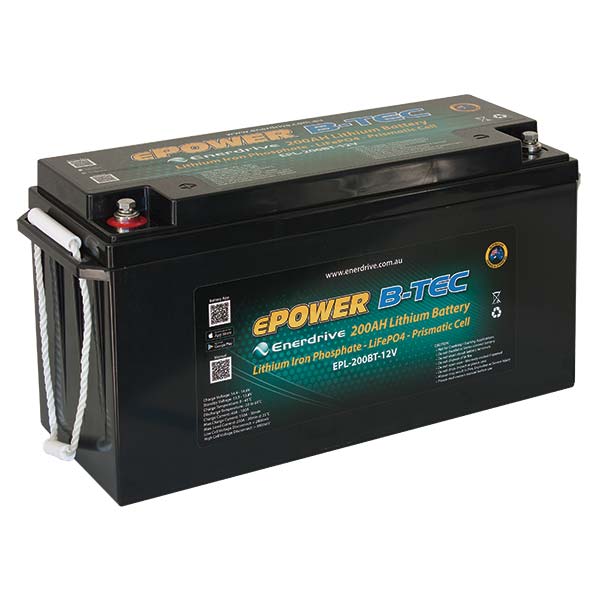
What to look for in a Dual Battery System
When designing your own dual battery system there are some things you’ll need to consider.
What can your vehicle run?
With many late models, you’re locked into running a DC to DC charger, unfortunately even if it’s not what you want.
What extra options would you like?
Do you want solar input or the ability to plug your vehicle into a wall at home to charge batteries?
Which battery do you require?
For most a simple lead acid battery under the bonnet and an AGM or Gel cell for the auxiliary will do. However, you will need to consider your mounting options and power usage. Batteries are rated in Amp hours – the amount of amps that can be provided in one hour. Or how many hours can a battery can provide one amp. For example, a 100AH battery can provide 1 amp for up to 100 hours, or 100amps for an hour.
Make your Battery Last
Batteries might seem like a set and forget component of your vehicle. It is important to take care and ensure your battery isn’t susceptible to vibrations, extreme heat or cold or external damage. As well as regularly checking for dirt, cracks and leaks can extend the life of your battery. If you run an unsealed lead-acid battery you’ll also need to maintain electrolyte levels by routinely topping up with distilled water.
We’re proud to boast we are the Sunshine Coast’s leading 12 volt Specialists and can help you will all your battery needs.
Give us a call today on 07 5479 6652 to discuss your dual system battery needs or pop into our store at 17 Trinder Avenue, Maroochydore, Sunshine Coast.
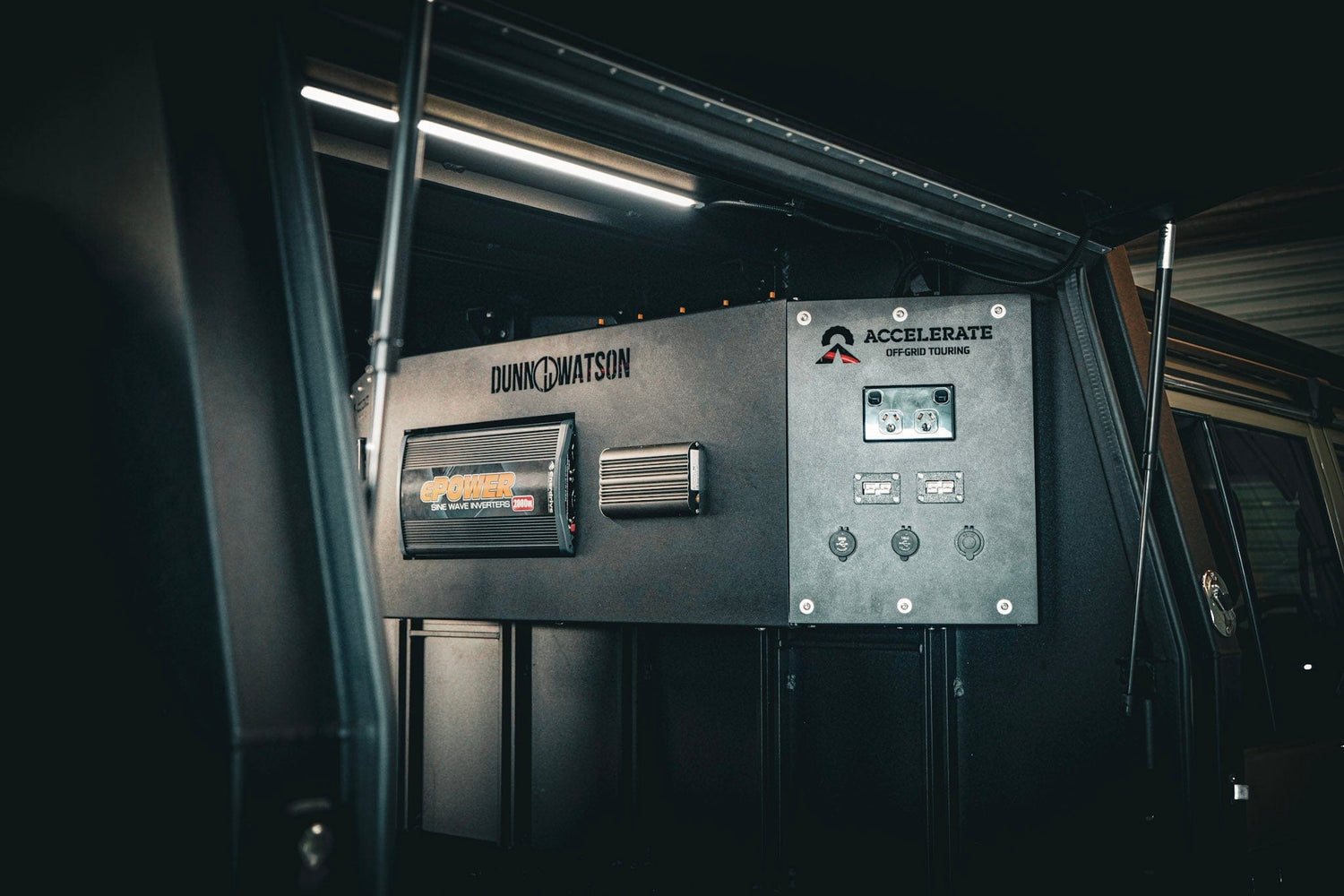
SPEAK TO AN EXPERT ABOUT YOUR NEXT UPGRADE
Our team of highly qualified and experienced auto electricians and mechanics specialise in 4wd and caravan upgrades. Book in your phone call now to discuss the best options for your next project

Leave a comment